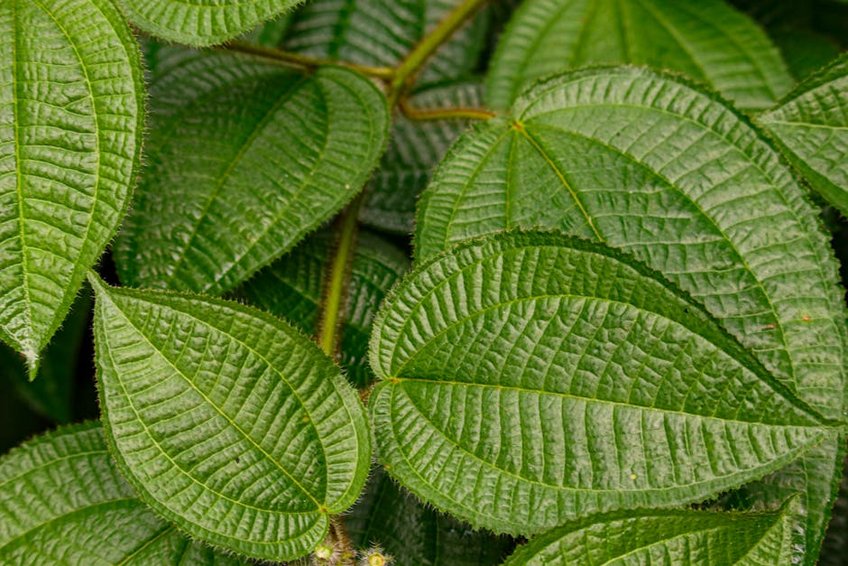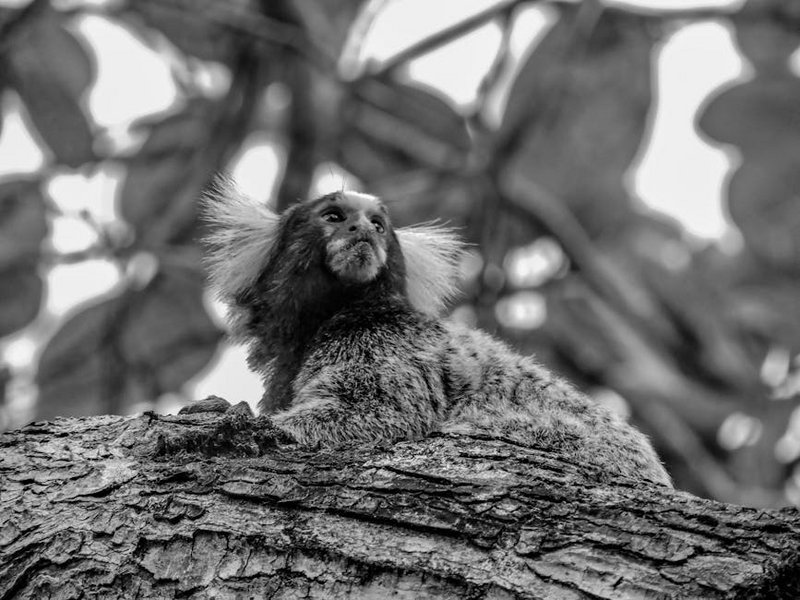Eco Village Experience in the Brazilian Amazon
Imagine waking up to the symphony of howler monkeys and exotic birds, your morning coffee brewed over an open fire as the Amazon rainforest comes alive around you. An Eco Village Experience in the Brazilian Amazon offers this magical immersion into one of Earth’s most biodiverse regions while supporting sustainable tourism practices that protect this precious ecosystem. Unlike typical resorts, these eco-lodges and indigenous communities welcome you into their world, teaching ancient traditions, jungle survival skills, and conservation efforts that make your visit meaningful beyond mere vacationing. You’ll disconnect from digital distractions to reconnect with nature’s rhythms, sleep in traditional malocas or comfortable eco-cabins, and participate in daily life along the mighty Amazon River. This transformative journey doesn’t just show you the rainforest—it lets you become part of its story, creating memories that will change how you see our planet’s ecological treasures. Whether you’re an adventure seeker, nature lover, or cultural enthusiast, the Brazilian Amazon eco village experience delivers profound connections with people, wildlife, and yourself.
Eco Village Experience in the Brazilian Amazon – Essential Information
Before embarking on your Amazonian adventure, understanding what defines a genuine eco village experience helps set proper expectations and ensures you choose ethical operators. Authentic eco villages in the Brazilian Amazon prioritize environmental conservation, community benefits, and cultural preservation above tourism profits. You’ll find these establishments deep within the states of Amazonas, Pará, or Acre, often accessible only by boat after flying into regional hubs like Manaus or Belém. The accommodations range from rustic jungle lodges with solar power and composting toilets to more comfortable eco-resorts that still maintain strict sustainability standards. What makes this experience unique is the participatory aspect—you’re not just observing but engaging in activities like organic gardening, wildlife monitoring, or traditional craft making with local guides who share generations of ancestral knowledge. The rhythm of life follows nature’s clock, with early mornings for birdwatching and evenings spent sharing stories around the fire, creating an authentic connection impossible to find in conventional hotels.
What Defines an Authentic Amazon Eco Village
- Community-owned and operated initiatives where tourism revenue directly supports indigenous families and conservation projects rather than external corporations
- Environmental certifications like Rainforest Alliance or local sustainability seals verifying water conservation, waste management, and energy efficiency practices
- Cultural immersion programs that respectfully showcase indigenous traditions, languages, and knowledge systems with guidance from community elders
- Budget eco village experiences start around $120-150 USD per night including meals, basic guided activities, and boat transfers from regional hubs—expect shared facilities and more rustic conditions
- Mid-range options ($200-350 USD/night) feature private bathrooms, solar power, more experienced guides, and additional activities like night safaris or fishing expeditions
- Luxury eco-lodges ($400-700+ USD/night) offer air conditioning, pool facilities, gourmet dining, and specialized guides for photography or scientific interests while maintaining ecological standards
- Brazilian Ministry of Environment – Protected Areas
- Responsible Travel – Amazon Ecotourism Guidelines
Key Regions and Access Points
Most eco villages cluster around accessible yet pristine areas of the Brazilian Amazon, with the majority located within a few hours’ boat ride from Manaus—the primary gateway city. The Rio Negro region offers blackwater ecosystems with different wildlife than the muddy Amazon main river, while the Juruá or Purus rivers provide more remote experiences deeper into untouched territory. You’ll typically fly into Eduardo Gomes International Airport in Manaus, where eco-tourism operators arrange transfer boats ranging from 2-8 hours depending on the village location. Some deeper jungle experiences require additional small plane transfers to regional towns like Tefé or Boca do Acre, followed by boat journeys up narrower tributaries where the real wilderness begins. The journey itself becomes part of the adventure, with pink river dolphins often greeting boats and the ever-changing rainforest landscape unfolding along the riverbanks.

Eco Village Experience in the Brazilian Amazon – Planning Your Trip
Proper planning transforms your eco village experience from good to extraordinary, with considerations ranging from health preparations to packing the right gear for the humid tropics. You’ll want to book 3-6 months in advance during dry season (June-November) when wildlife spotting is optimal and trails are passable, though some travelers prefer the lush green beauty of rainy season (December-May) when river levels allow deeper exploration by canoe. Vaccinations for yellow fever are mandatory for Amazon travel, with malaria prophylaxis strongly recommended—consult a travel medicine specialist 8 weeks before departure. Your packing list should prioritize quick-dry clothing, waterproof bags, sturdy hiking shoes, binoculars, and reusable water bottles to minimize plastic waste. Most importantly, arrive with flexible expectations—jungle time operates differently, weather changes rapidly, and the greatest moments often come from unplanned encounters rather than rigid itineraries.
Best Time to Visit the Brazilian Amazon Eco Villages
The Brazilian Amazon offers distinctly different experiences between dry and rainy seasons, each with unique advantages for your eco village stay. June through November constitutes the dry season when water levels drop, exposing trails and concentrating wildlife around remaining water sources—perfect for jungle hikes and terrestrial animal spotting. December through May brings the rains, swelling rivers up to 15 meters higher and allowing canoe access through flooded forests (igapó) where you can paddle beneath canopy trees and spot aquatic species. Temperature remains fairly consistent year-round (79-86°F/26-30°C), though humidity peaks during rainy season. For ideal conditions, target shoulder months like May-June or November-December when you might experience both environments. Avoid Brazilian school holiday periods (July and December-January) if seeking solitude, though these dates often feature special cultural festivals at eco villages.
Budget Planning and Costs
Essential Preparation Checklist
Preparing properly for your Amazon eco village experience ensures comfort, safety, and maximum enjoyment of this unique environment. Begin with medical preparations 8 weeks out—yellow fever vaccination is mandatory, with typhoid, hepatitis A/B, and tetanus boosters recommended alongside malaria prophylaxis prescribed by travel medicine specialists. Pack lightweight, long-sleeved clothing in neutral colors for insect protection, waterproof bags for electronics, broken-in hiking shoes, and high-quality binoculars for wildlife viewing. Don’t forget cash in Brazilian Reais (most villages operate without card facilities), biodegradable toiletries to protect waterways, and a headlamp for nighttime activities. Mentally prepare for limited connectivity—many villages have no WiFi or cell service, encouraging digital detox and immersion in the natural world. Finally, learn basic Portuguese phrases and cultural etiquette to enhance interactions with local communities.
Eco Village Experience in the Brazilian Amazon – Top Activities and Immersion
The activities available during your eco village stay transform observation into participation, creating deeper connections with the Amazon’s ecosystems and cultures. Each day brings new discoveries—sunrise canoe excursions to spot feeding wildlife, guided jungle treks learning about medicinal plants, nighttime caiman spotting by flashlight, and fishing for piranhas using traditional techniques. Beyond wildlife, cultural exchanges form the heart of the experience: participating in cassava bread making, learning indigenous basket weaving, hearing creation stories from village elders, and perhaps even joining a ceremonial dance under the stars. The most rewarding activities often involve conservation participation—helping researchers with wildlife monitoring, planting trees in reforestation projects, or assisting with sustainable agriculture initiatives that support the community. These hands-on experiences create meaningful contributions rather than just passive consumption of the environment.
Must-See Wildlife Encounters
The Brazilian Amazon hosts approximately 10% of Earth’s known species, making wildlife encounters a highlight of any eco village experience. Pink and gray river dolphins frequently accompany boats along tributaries, while troops of squirrel monkeys, capuchins, and howler monkeys populate the canopy above jungle trails. Sloths camouflage in Cecropia trees, giant river otters fish in oxbow lakes, and over 1,300 bird species including macaws, toucans, and hoatzins provide constant aerial displays. Night walks reveal another world—tarantulas emerging from burrows, nocturnal monkeys with enormous eyes, sleeping butterflies, and the reflective eyes of caimans along riverbanks. The most sought-after sightings include jaguars (rare but possible near riverbanks), giant anteaters, and the elusive harpy eagle—South America’s most powerful raptor. Remember these are wild animals in their natural habitat; ethical viewing means maintaining distance and following guide instructions to minimize disturbance.
Hidden Gems and Local Favorites
Beyond the famous wildlife, the Amazon’s true magic often reveals itself in smaller moments and lesser-known experiences cherished by local guides. Sunrise from a floating platform in the middle of an Amazon lake, watching mist rise as birds begin their morning chorus ranks among the most magical experiences few tourists witness. Visiting hidden waterfalls accessible only during certain seasons, tasting exotic fruits like cupuaçu and açaí straight from the tree, or learning to identify animal tracks with expert trackers provide unique connections to the forest. Many eco villages offer special experiences like overnight camping in the jungle, fishing for massive pirarucu fish using traditional methods, or visiting sacred sites where indigenous communities perform blessings. The most memorable moments often come unplanned—sharing stories with villagers around a fire, unexpected wildlife encounters during leisurely canoe rides, or simply sitting quietly in the forest absorbing its ancient energy.
Eco Village Experience in the Brazilian Amazon – Practical Travel Information
Navigating the practical aspects of Amazon travel ensures a smooth journey to these remote eco villages while respecting the fragile environment and communities. Most visitors reach the Brazilian Amazon via Manaus, which receives direct flights from Miami, Panama City, and major Brazilian cities—from there, eco village operators arrange boat transfers ranging from 2-8 hours upriver. Visa requirements vary: US, Canadian, and EU citizens need valid passports but no visa for stays under 90 days, while Australian citizens require pre-arranged visas. Health considerations are crucial—comprehensive travel insurance covering emergency evacuation is mandatory, as medical facilities are limited in remote areas. Pack light but strategically: quick-dry clothing, waterproof bags, reef-safe sunscreen, and mosquito repellent with DEET or picaridin are essentials. Remember that despite the wilderness setting, Brazil uses type N outlets (220V) so bring appropriate adapters for charging cameras and equipment.
| Category | Options/Features | Price Range (USD) |
|---|---|---|
| International Flights | Miami-Manaus (4.5hrs), São Paulo-Manaus (4hrs) | $500-900 roundtrip |
| Domestic Transfers | Regional boats from Manaus to eco villages | $50-150 each way |
| Travel Insurance | Comprehensive coverage including evacuation | $100-200 for 2 weeks |
| Vaccinations/Medication | Yellow fever, malaria prophylaxis, travel clinic consultation | $200-400 |


